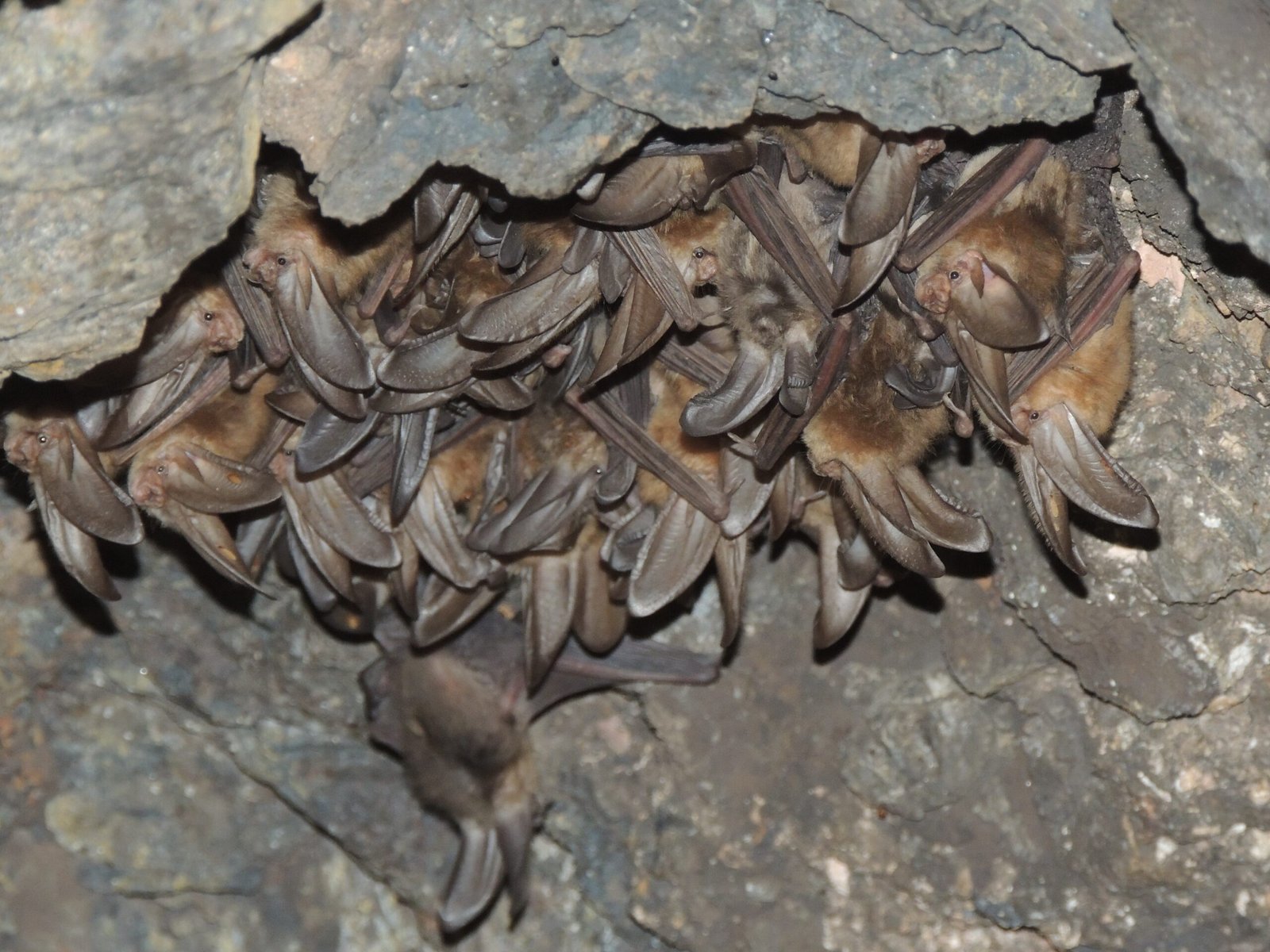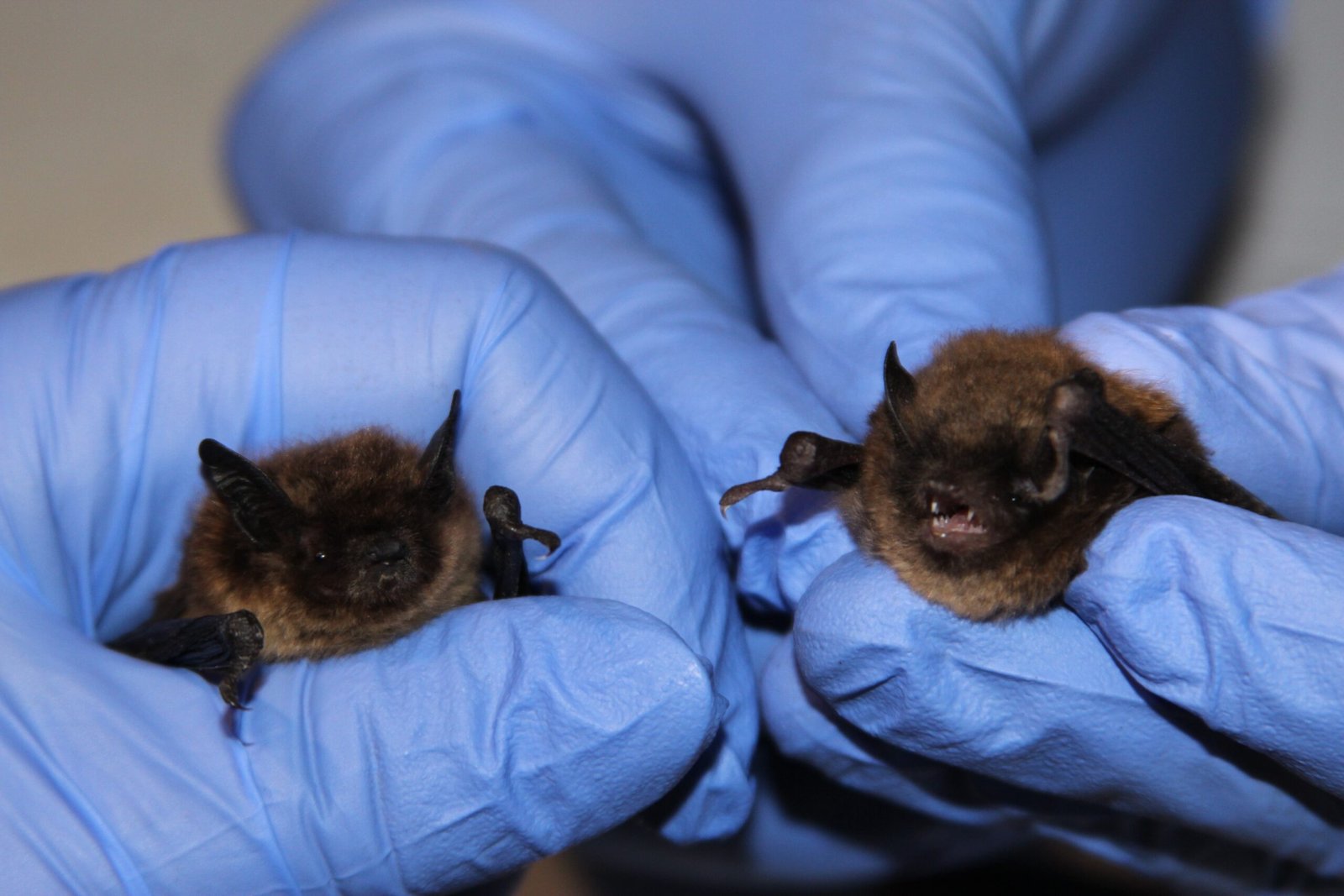Imagine gliding through a pitch-black forest at midnight, dodging branches and catching tiny insects in midair—without using your eyes. For bats, this is reality every single night. Their secret? An evolutionary marvel that seems almost like science fiction: biological radar, known as echolocation. On International Bat Appreciation Day, let’s dive into the astonishing story of how bats developed this superpower, transforming them into some of the most impressive hunters of the night.
The Origins of Echolocation
Echolocation didn’t just appear overnight for bats. This extraordinary ability evolved slowly over millions of years, driven by the pressing need to hunt and navigate in darkness. Early bats likely started with only basic hearing abilities. Over time, some began to emit simple sounds and listen for the echoes bouncing off objects around them. This small change gave certain bats an edge, helping them survive and find food when others could not. Gradually, natural selection favored those with sharper hearing and better sound production, setting the stage for true echolocation.
Nature’s Night Flyers
Bats are the only mammals capable of sustained flight, and their wings are more like hands with elongated fingers covered by a thin membrane. This unique structure allows for agile movements in the air. But flying at night comes with serious risks—obstacles are everywhere, and prey is hard to spot. Echolocation became the answer, acting as a second set of “eyes” that work even in total darkness. It’s as if bats traded sight for an invisible sense, helping them flourish in the nighttime skies.
The Science Behind Bat “Radar”
When people hear the word “radar,” they think of high-tech machines. But bats invented their own version long before humans did. A bat emits a series of high-frequency calls, many beyond what humans can hear. These sounds travel ahead, hit objects, and bounce back as echoes. The bat’s finely tuned ears pick up these echoes, and its brain instantly calculates the distance, size, and even texture of the target. This remarkable system allows bats to create a 3D map of their surroundings, all in real time.
Evolution’s Trial and Error
Not all bats echolocate in the same way. Some species developed more complex calls, while others rely on simpler sounds. The process was not smooth or uniform. Tiny changes—like variations in ear shape or the structure of the larynx—were tested through generations. Bats with the most effective echolocation lived longer and reproduced more. Over countless centuries, these traits became more pronounced, leading to the dazzling range of echolocation abilities seen in bats today.
Family Matters: The Bat Family Tree

Bats are divided into two main groups: the Microchiroptera (microbats) and the Megachiroptera (megabats or flying foxes). Most microbats use echolocation, while megabats rely more on sight and smell. Scientists believe that echolocation evolved independently in different bat lineages, a fascinating example of convergent evolution. This means that similar traits can emerge in unrelated groups when facing similar challenges, showcasing nature’s incredible problem-solving skills.
Super Senses: The Anatomy of Echolocation
The physical adaptations that make echolocation possible are nothing short of stunning. Bats have highly specialized vocal cords capable of producing ultrasonic sounds. Their inner ears are finely tuned to pick up the faintest echoes. Some bats even have unique nose leaves—fleshy structures that help focus sound waves. These features, combined with lightning-fast neural processing, allow bats to interpret their surroundings with astonishing accuracy, outclassing even the most advanced human-made sonar.
Hunting in the Dark: An Evolutionary Arms Race
Bats’ prey—mainly insects—haven’t taken this lying down. Many moths, for example, have evolved ears sensitive to bat echolocation and can perform evasive maneuvers to avoid capture. In response, some bats have adapted by using quieter, more cunning calls or by altering their flight patterns. This evolutionary arms race drives both bats and their prey to ever greater heights of sensory sophistication, a thrilling natural contest playing out every night above our heads.
Beyond Bugs: Diverse Uses for Echolocation
While catching insects is the most famous use of echolocation, bats also use it to find fruit, water, and even safe places to roost. Some species can detect the ripples of a fish on a pond’s surface or the fluttering wings of a hidden moth. Echolocation isn’t just about hunting—it’s a multi-tool that lets bats explore, navigate, and survive in environments that are completely inaccessible to most other animals.
Human Inspiration: Bats and Technology
Bats’ mastery of echolocation has inspired human technology in surprising ways. Engineers have studied bat sonar to improve medical imaging devices, underwater sonar, and even navigation aids for the visually impaired. The idea that a small, furry mammal using only sound can outperform our best machines is both humbling and inspiring. Bats remind us that nature’s innovations often outstrip our wildest inventions.
The Social Side of Bat Calls
Echolocation isn’t just functional—it’s also social. Bats can recognize each other’s calls, communicate warnings, and coordinate group activities. Some bat colonies are home to thousands or even millions of individuals, all using distinct calls to avoid collisions and keep in touch. The complexity of these vocal interactions adds another layer of wonder to the bat’s already impressive repertoire.
Conservation: Why Bats Need Our Help

Despite their incredible abilities, bats face serious threats from habitat loss, climate change, and disease. Many people fear bats or misunderstand their importance, leading to harmful myths and unnecessary extermination. Yet bats play crucial roles in pollinating plants, dispersing seeds, and controlling insect populations. Protecting bats means safeguarding the balance of entire ecosystems—and preserving the legacy of one of evolution’s greatest success stories.
A Night to Remember

International Bat Appreciation Day serves as a powerful reminder of just how extraordinary bats truly are. Their journey from simple mammals to masters of the dark, equipped with their own natural radar, is a story of resilience, adaptation, and sheer wonder. Next time you catch a glimpse of a bat flitting across the night sky, remember the incredible journey that brought it there—and ask yourself, what other secrets might nature still be hiding?



